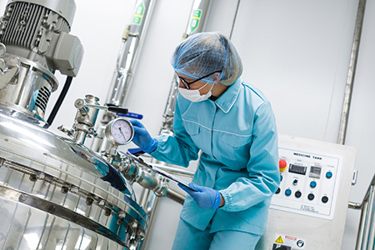Rapid Biosafety Testing Enables The Future Of Manufacturing
By Adam Inche Ph.D., Strategy Manager, Biosafety Testing Services

The safety of biologic medicines relies, in part, on a robust biosafety testing program applied across the biomanufacturing process to evaluate samples for the presence of adventitious agents. For batch mode production processes, such as those used for monoclonal antibodies (mAbs), biosafety testing takes place along the entire manufacturing process. The main testing points are just after the bioreactor, called bulk harvest lot release testing (BHLRT), as well as at the end of the process before and after fill-finish. The characterization and biosafety testing of raw materials are also required, and in particular for the manufacturing cell line.
Traditional methods for adventitious agent testing are well established and typically rely on biological amplification and detection, which can take several weeks. This time-consuming approach is not compatible with novel treatment modalities such as modified T-cell therapy which requires a rapid time-to-result, nor with antibody manufacturing processes which are undergoing intensification in the move towards semicontinuous and continuous processes.
This whitepaper explores the factors driving the evolution toward faster biosafety testing and describes rapid approaches for adventitious agent testing during cell line characterization and BHLRT that are more aligned with current and future manufacturing trends.
Get unlimited access to:
Enter your credentials below to log in. Not yet a member of Life Science Leader? Subscribe today.
